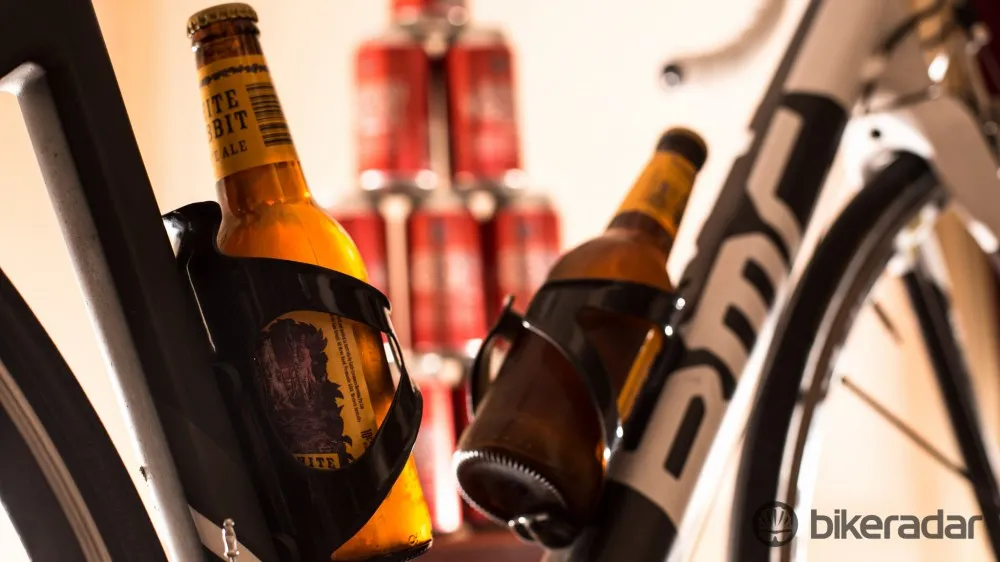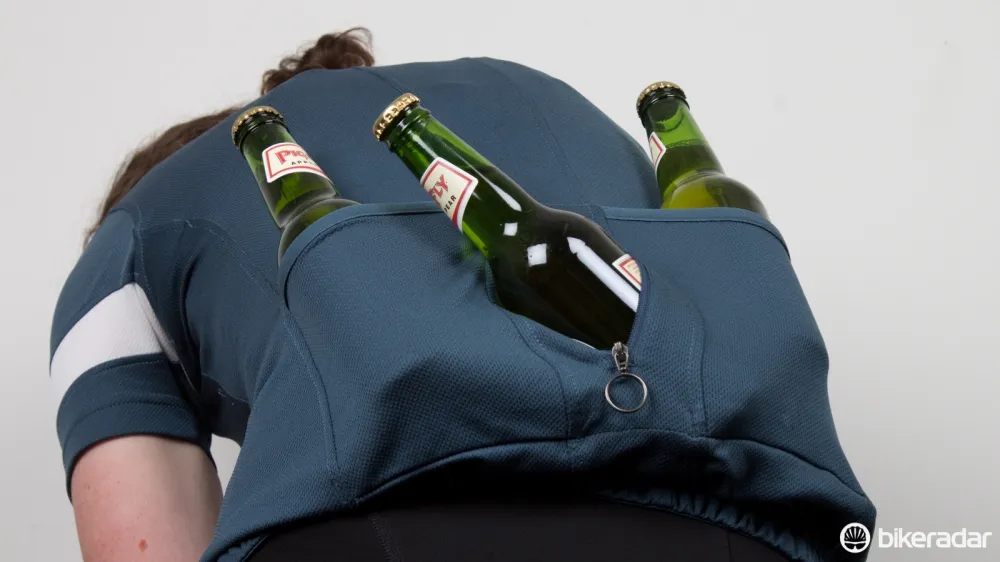Sudden increases in distance or time on the bike might be the biggest contributing factor to a cyclist sustaining a ‘gradual onset injury’. Add in the fact that many GPs recommend resting completely for a set time and such an injury can be frustrating experience. To help you understand what this is, how to avoid or best manage it, let's compare it to binge drinking.
“I rode 130km on Sunday, and my knee started to niggle at 80km, but I managed to finish. It got quite sore afterwards and I could barely walk the next morning when I first got out of bed. It still hurts now in the morning, but then it warms up and I can ride again – although I can feel it with every pedal stroke.”
The above is a common example of a statement we often hear at The Body Mechanic from an injured cyclist. Let’s call this person Riccardo. Riccardo believes that his knee injury occurred 80km into that particular ride. That is not the case.
Find more of The Body Mechanic series here.
If you drank 13 beers in one session, was it the 13th beer that made you drunk, or did the first 12 have a major contributing influence?
For Riccardo, it is unlikely that his latest Sunday ride was solely responsible for his pain. It is most likely from an accumulation of many rides over the past months and maybe even years. Factors such as sudden increases in distance, an issue with his riding position, and poor body maintenance can all be contributing factors, but it is also possible that ‘more of the same’ may also have caused his issue.
The normal treatment approach by the medical world for an injury such as this is to ‘ice it for a couple of days and take some anti-inflammatory medication. Rest for four to six weeks to allow the knee to settle, then get back into your cycling gradually.’ We believe this treatment model is flawed.
If you have a big party coming up, and for some reason you decide not to drink for six weeks in the lead up, your ability to consume beer without being affected will have been compromised because your system isn’t used to drinking.
If you rest for six weeks with a knee injury, you have effectively de-conditioned your knee joint and weakened all of the associated tissues (such as the gluteal and quadriceps muscles) which will make your body even more susceptible to pain / injury when you return to cycling again.
A better approach would be to rest for the minimum required period until it is possible to walk and function in normal daily activities (such as getting out of a chair, and going down stairs) pain free, but as soon as possible, start cycling again – preferably having also addressed the bike fit and biomechanical issues. Do this at a significantly reduced volume though, which doesn’t cause an increase in pain.
It is likely that a single 70km ride would cause Riccardo's knee to flare up again for a week or more, so instead, it is quite possible that riding 10km a day, seven days in a row would be fine. The art is to find the threshold that doesn’t increase the pain. You don’t have to be completely pain-free, but it is vital that the cycling volume is not making the symptoms worse.
If this approach is adopted, the knee will begin to adapt to the stresses being placed on it by cycling, and over time will cope with increases in the load.
How much riding is recommended when returning from an injury?
For training load in general, we suggest the 10 percent rule, meaning don't increase your total volume by more than 10 percent in a week. This becomes especially relevant when returning from an injury.

Always follow the 10 percent rule
Let’s say Riccardo has managed to return to five flat rides of 20km each week, and his knee remains a little niggly (he describes it as ‘an awareness of his knee’), but no worse than it is without cycling at all. If he goes from 100km per week to 150km per week in one hit (five rides of 30km – a 50 percent increase), his knee pain is more than likely to return.
If, however, he increases the cycling slowly, sticking to the ‘little and often’ philosophy, such as riding 3x20km and then 2x30km in the following week, it is more than likely that his knee will cope with the increased load. Even if he does experience an increase in pain, it will be a small increase that will therefore recover quickly, because the increase in load was small.
At The Body Mechanic, we have helped many athletes with a variety of what they thought were 'chronic' injuries to manage their symptoms, return to the sport they love, and ultimately go on to achieve amazing results. Next time you hear the words “rest for six weeks and take some anti-inflammatories”, try and remember that there is a different approach. Remember the 10 percent rule. It is likely to prove time-effective and successful in the long term – and leave you with less of a headache.
The Body Mechanic series on BikeRadar covers topics from bike fit to injury prevention to how your component selections actually affect you. The Body Mechanic is a Sydney-based workshop established in 2008 by physiotherapist and former NSW elite state road cycling champion Blair Martin.
Note: We are not endorsing binge drinking, nor is this column meant to substitute for the medical advice of your doctor.

